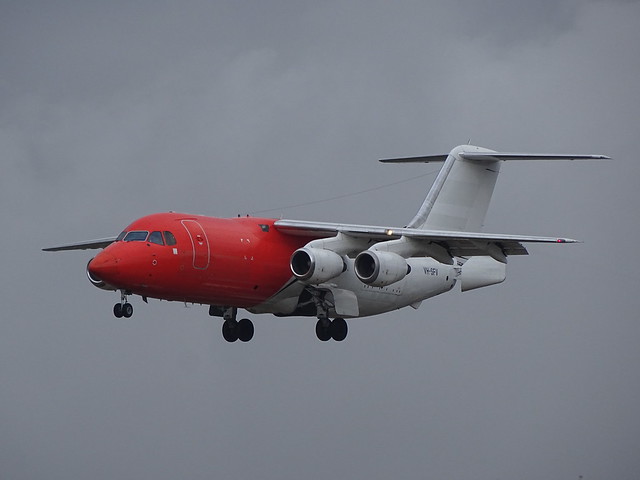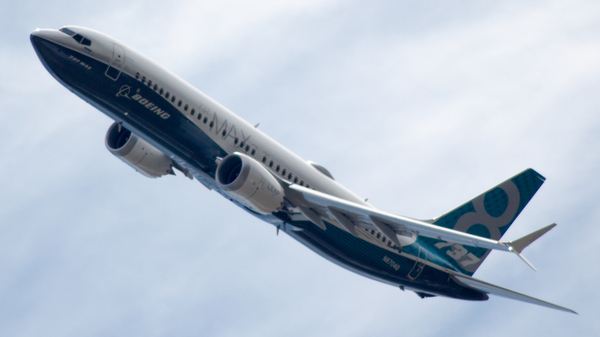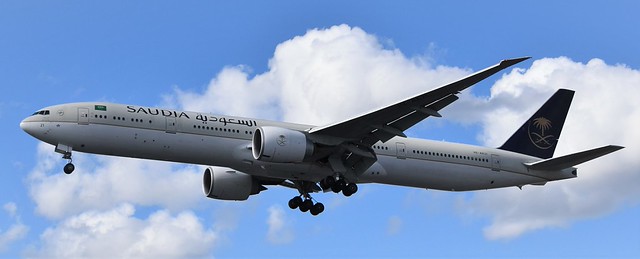Pionair E290 at Napier on May 24th 2023, descended below safe height
Last Update: March 5, 2024 / 12:10:16 GMT/Zulu time
Incident Facts
Date of incident
May 24, 2023
Classification
Report
Airline
Pionair
Departure
Auckland, New Zealand
Destination
Napier, New Zealand
Aircraft Registration
VH-IKJ
Aircraft Type
Embraer ERJ-190-E2
ICAO Type Designator
E290
On Mar 5th 2024 Australia's Transportation Safety Board (ATSB) released their final report concluding the probable causes of the incident were:
Contributing factors
- After passing the initial approach fix at ELBOW, the aircraft unexpectedly encountered ice, requiring the crew to conduct the appropriate checklists which increased their workload during a critical phase of flight.
- After passing the intermediate approach fix at AROPA, the aircraft was high on the approach and the crew felt time pressure to land the aircraft resulting in the crew conducting an orbit, which was not part of the approach criteria.
- The pilot flying believed the visual approach criteria had been met resulting in the flight crew conducting an orbit below the minimum safe altitude.
The ATSB summarized the relevant part of the approach:
Near waypoint ELBOW, the aircraft flew through a thin layer of stratus cloud resulting in an ice detection system advisory alert. This required the crew to conduct the Stall Protection Ice Speed checklist, and to recomplete the Approach checklist. Passing the intermediate approach fix at AROPA, the crew observed that the aircraft was now high on the approach and increased the descent rate in an attempt to capture the vertical profile from above.
Just prior to reaching the final approach fix at FF16, the captain, who was the pilot flying, engaged altitude hold along with heading mode on the autopilot, and commanded the aircraft to conduct a left orbit over the ocean. This took the aircraft beyond the inbound approach track tolerance for the approach segment and below the minimum safe altitude (see section titled Minimum altitude for flight). The crew completed the Stall Protection Ice Speed checklist and after re-intercepting the final approach track, re-commenced the descent, before continuing the procedure and landing at Napier Airport.
The ATSB analysed:
Prior to the departure from Auckland, the flight was significantly delayed, and the crew were advised that the airport at Napier would close if they did not depart within a short timeframe. This resulted in the crew feeling rushed during their preparations. They advised they continued to feel rushed during the flight and the requirement to enter a holding pattern to burn extra fuel added to this perceived time pressure.
During their approach brief, the crew did not identify icing as a potential threat and therefore were not prepared to complete the Stall Protection Ice Speed checklist when they received the advisory message. A high workload quickly developed inside the cockpit as the first officer had difficulty locating the checklist in the electronic Quick Reference Handbook.
ADS-B data confirmed that the aircraft became high on the vertical approach profile prior to joining the Napier RNP 16 instrument procedure. It also confirmed that the crew did not enter the published holding pattern at AROPA to complete the preparations and instead, continued descending to join the vertical profile. At this time, the pilot monitoring was still completing the checklist and was unable to give full attention to monitoring the aircraft’s flight path.
The pilot flying was using the VNAV autopilot function to descend the aircraft and had expected the autopilot to capture the vertical glide path and begin a constant rate of descent. However, a combination of the aircraft been too high, and underestimating the distance to run due to a misinterpretation of the fly-by waypoint, resulted in the aircraft’s position not being within the autopilot parameters to capture the vertical glide path. The pilot flying attempted to capture the glide path from above using the flight path angle autopilot mode but was unable to successfully do so.
The captain decided that they needed to reduce the workload in the cockpit prior to continuing through the final approach fix. Due to the perceived time pressure and a desire to minimise further delay they decided to do this by conducting an orbit rather than a missed approach which would take significantly longer. They believed the visual approach criteria could be complied with and without further discussion, a left turn was commanded via the autopilot descending to 1,800 ft.
The left turn took the aircraft beyond the lateral tolerance of the intermediate approach segment and below the minimum safe altitude of 3,300 ft.
The flight crew reported that the E190-300 flight characteristics and autopilot system are slightly different to other variants the crew were more experienced with. So, while their experience on the type technically exceeded the ‘inexperience flight crew’ requirements, the combined 89 hours of E190-300 experience likely contributed to the high workload in the cockpit.
Incident Facts
Date of incident
May 24, 2023
Classification
Report
Airline
Pionair
Departure
Auckland, New Zealand
Destination
Napier, New Zealand
Aircraft Registration
VH-IKJ
Aircraft Type
Embraer ERJ-190-E2
ICAO Type Designator
E290
This article is published under license from Avherald.com. © of text by Avherald.com.
Article source
You can read 2 more free articles without a subscription.
Subscribe now and continue reading without any limits!
Read unlimited articles and receive our daily update briefing. Gain better insights into what is happening in commercial aviation safety.
Send tip
Support AeroInside by sending a small tip amount.
Related articles
Pionair B463 at Brisbane on Jun 25th 2024, tail scrape on landing
A Pionair British Aerospace BAe 146-300 on behalf of Qantas, registration VH-SAJ performing flight QF-7295 from Sydney,NS to Brisbane,QL (Australia),…
Pionair B462 at Rockhampton on Jan 5th 2023, descended below safe height
A Pionair British Aerospace BAe-146-200 on behalf of Qantas, registration VH-SFV performing flight QF-7421 from Brisbane,QL to Rockhampton,QL…
Newest articles
Tway B38M enroute on Jan 10th 2026, power bank thermal runaway, 8 injuries
A Tway Air Boeing 737-8 MAX, registration HL8579 performing flight TW-634 from Sanya (China) to Cheongju (South Korea) with 32 passengers and 6 crew,…
Saudia B773 at Islamabad on Oct 14th 2024, landed on wrong runway
A Saudi Arabian Airlines Boeing 777-300, registration HZ-AK21 performing flight SV-724 from Riyadh (Saudi Arabia) to Islamabad (Pakistan) with 399…
Subscribe today
Are you researching aviation incidents? Get access to AeroInside Insights, unlimited read access and receive the daily newsletter.
Pick your plan and subscribePartner

ELITE Simulation Solutions is a leading global provider of Flight Simulation Training Devices, IFR training software as well as flight controls and related services. Find out more.
SafetyScan Pro provides streamlined access to thousands of aviation accident reports. Tailored for your safety management efforts. Book your demo today
AeroInside Blog
Popular aircraft
Airbus A320Boeing 737-800
Boeing 737-800 MAX
Popular airlines
American AirlinesUnited
Delta
Air Canada
Lufthansa
British Airways


